Environmental Engineering Reference
In-Depth Information
30
10
v
o
i
20
8
10
6
0
4
−10
2
−20
0
0.9
0.91
0.92
0.93
0.94
0.95
0.96
0.9
0.91
0.92
0.93
0.94
0.95
0.96
Time [s]
Time [s]
(a) C-inverter with
C
o
= 4500
μ
F
30
10
v
o
i
20
8
10
6
0
4
−10
2
−20
0
0.9
0.91
0.92
0.93
0.94
0.95
0.96
0.9
0.91
0.92
0.93
0.94
0.95
0.96
Time [s]
Time [s]
(b) C-inverter with
C
o
= 3100
μ
F
30
10
v
o
i
20
8
10
6
0
4
−10
2
−20
0
0.9
0.91
0.92
0.93
0.94
0.95
0.96
0.9
0.91
0.92
0.93
0.94
0.95
0.96
Time [s]
Time [s]
(c) R-inverter with
K
i
=0
.
4
30
10
v
o
i
20
8
10
6
0
4
−10
2
−20
0
0.9
0.91
0.92
0.93
0.94
0.95
0.96
0.9
0.91
0.92
0.93
0.94
0.95
0.96
Time [s]
Time [s]
(d) L-inverter
Figure 7.8
Simulation results for the case with
L
=
0
.
25 mH: output voltage and current (left column)
and THD of the output voltage (right column)
7.6.1 The Case with L
35
mH
The experimental results when the inverter was designed to have different types of output
impedance is shown in Figure 7.9. When the inverter was designed to have a capacitive output
impedance to minimise the effect of the 3rd harmonics, the THD was improved by about
5% from the case with an inductive output impedance and by about 3% from the case with a
resistive output impedance (with
K
i
=
=
2
.
4). When the inverter was designed to have a capacitive
output impedance to minimise the effect of both 3rd and 5th harmonics, the THDwas improved
by 3% and 1%, respectively.
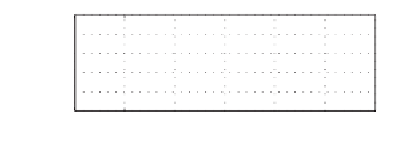

























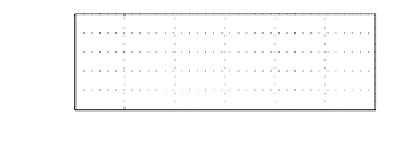












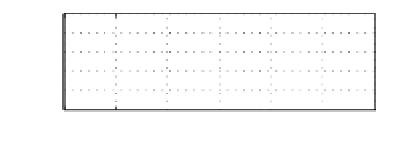












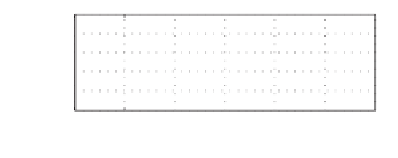





















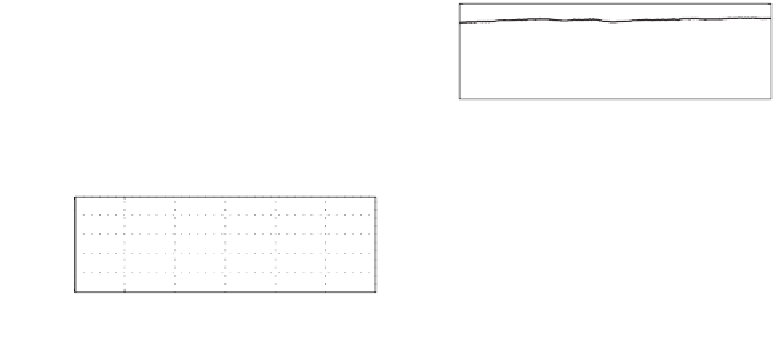



























Search WWH ::

Custom Search